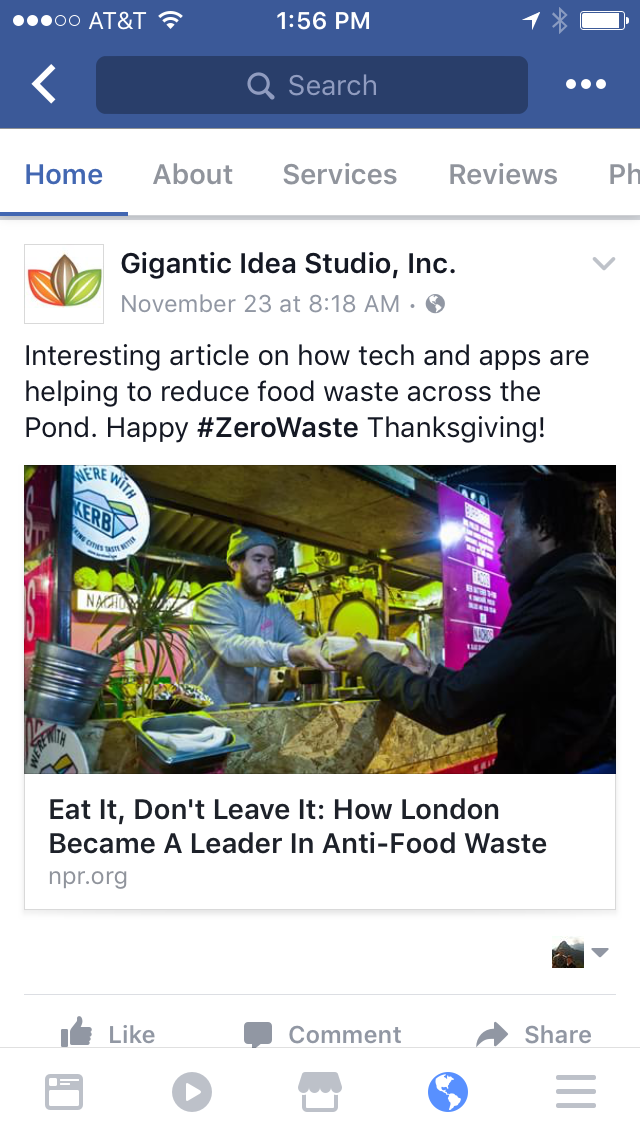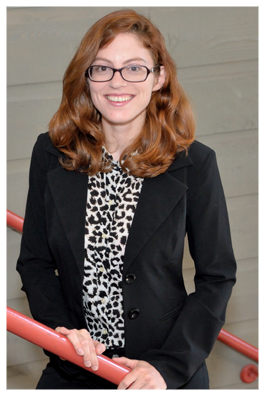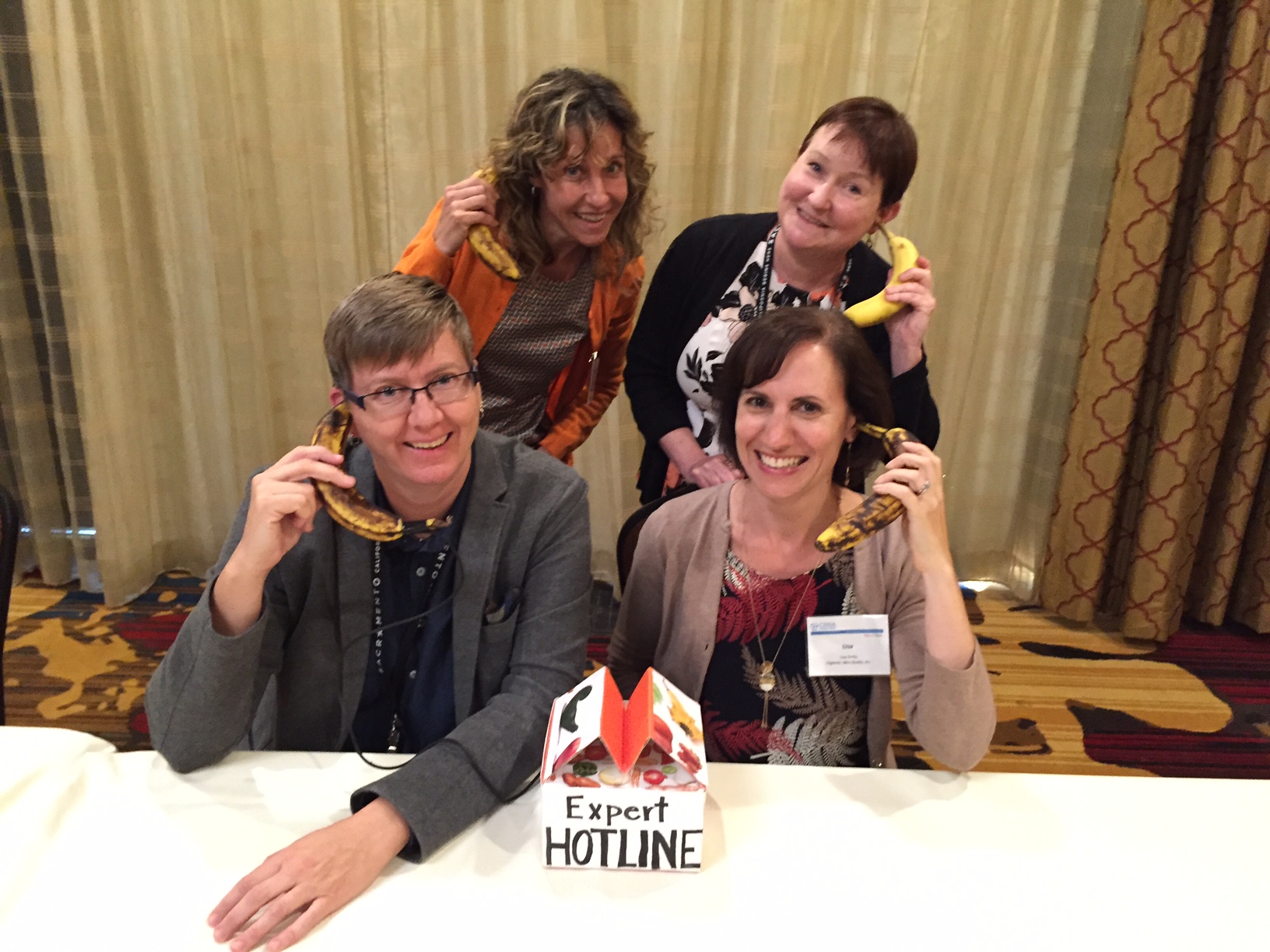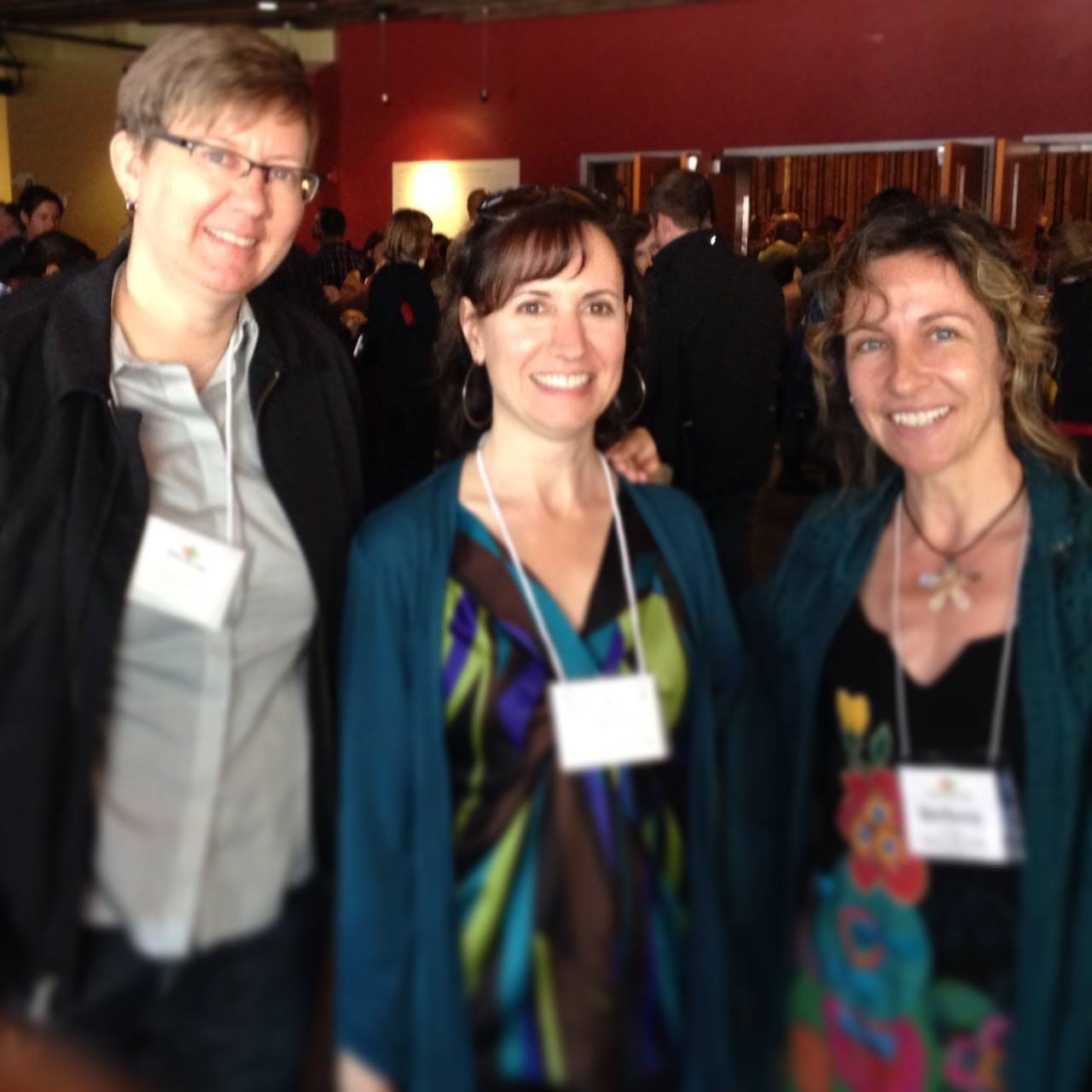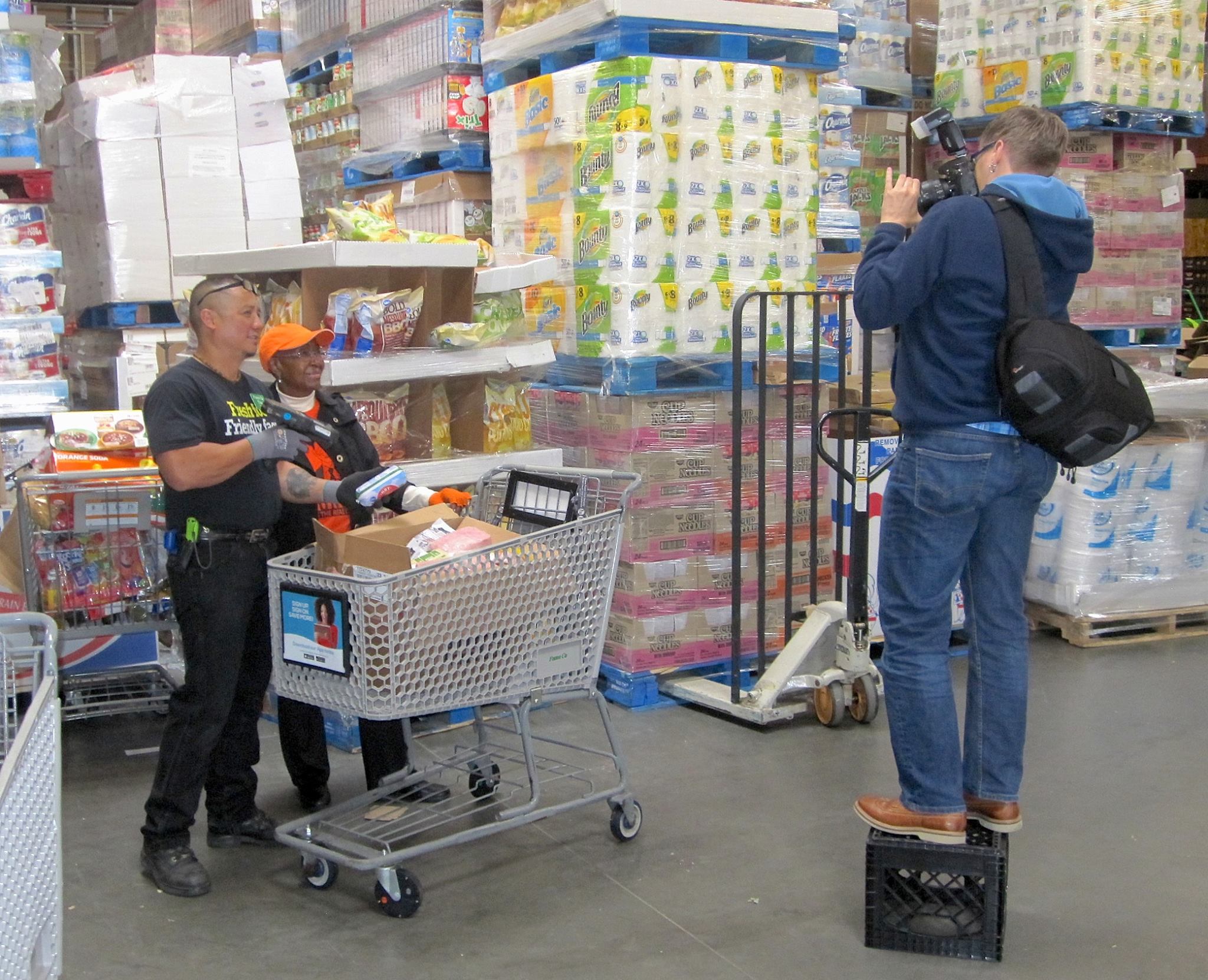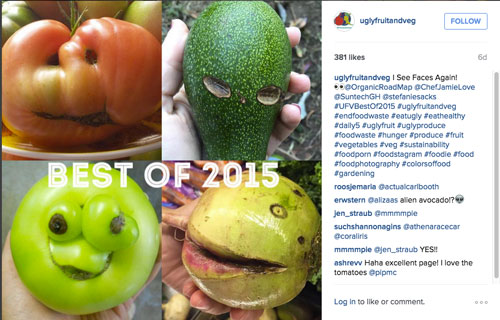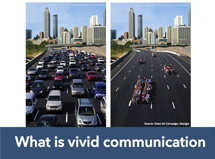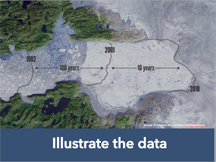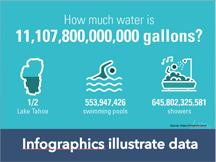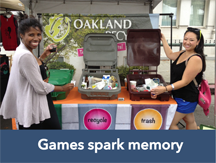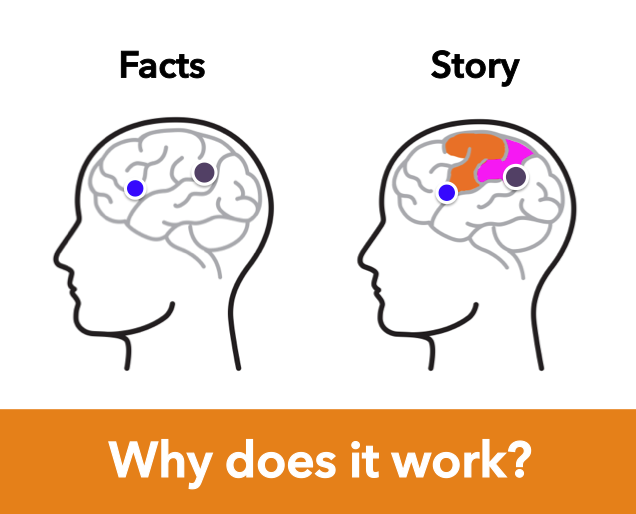
A constant challenge in environmental outreach is how to portray an issue in a way that reaches people with varied worldviews. Neuroscientist George Lakoff and the concept of framing has been much in the political news lately, as opposing sides try to create impressions (also known as bias) in their listeners’ minds. Lakoff notes that all communication has frames:
“The elements of the Communication Frame include: A message, an audience, a messenger, a medium, images, a context, and especially, higher-level moral and conceptual frames.”
We know that facts alone don’t change behavior; to succeed, a message needs that emotional element that reaches the deeper parts of our brain. How can environmental outreach frame important issues in a way that reaches, convinces, and persists to make long-term positive change in behavior?
Lakoff gives one example in his blog, suggesting that instead of talking about environmental regulations, we reframe laws as environmental protections.
Framing a concept like food waste should be simple – no one likes “waste,” right?
The message of buying only what you need, using leftovers, and composting what is left is quite straightforward, but we have a long way to go to tackle the huge amount of food that is wasted. Two recent examples show how framing the issue, while acknowledging the facts, can show success.
R.E.S.P.E.C.T.
Activist Selina Juul has worked for years on a multi-touch approach to reducing food waste in her adopted country of Denmark. She recognized that change had to come from all sides: business, government and, most of all, consumers. In this video, she reframes food waste as disrespectful to nature, farmers and to the individual’s own time and money.
Ugly? No, Beautiful!
 A more local success story focuses on our friend and colleague Jordan Figueiredo. Jordan’s Ugly Fruit and Veg campaign aims to reframe frequently wasted, less than perfect produce with humor and heart, in order to make what had been rejected, acceptable and even coveted.
A more local success story focuses on our friend and colleague Jordan Figueiredo. Jordan’s Ugly Fruit and Veg campaign aims to reframe frequently wasted, less than perfect produce with humor and heart, in order to make what had been rejected, acceptable and even coveted.
Jordan couches his multi-touch campaign work as Funactivism, which counters the view some hold of activists as overly serious or shrill. Jordan successfully uses many of the tools of activism and behavior change: touting simple individual steps, assurance that individual actions make a difference, use of pledges and norming, combined with a top-down approach to companies. He has used charming photos spread via social media to challenge people to change their attitudes about what is “ugly,” reframing ugly fruit and vegetables, and by extension, reframing our view of what is beautiful.
Choosing the most effective way to frame an issue takes research, patience and testing. Most of all, it takes creativity and always remembering that change comes from within, and people act because of what they feel even more than because of what they think.
How will you frame your next campaign?
